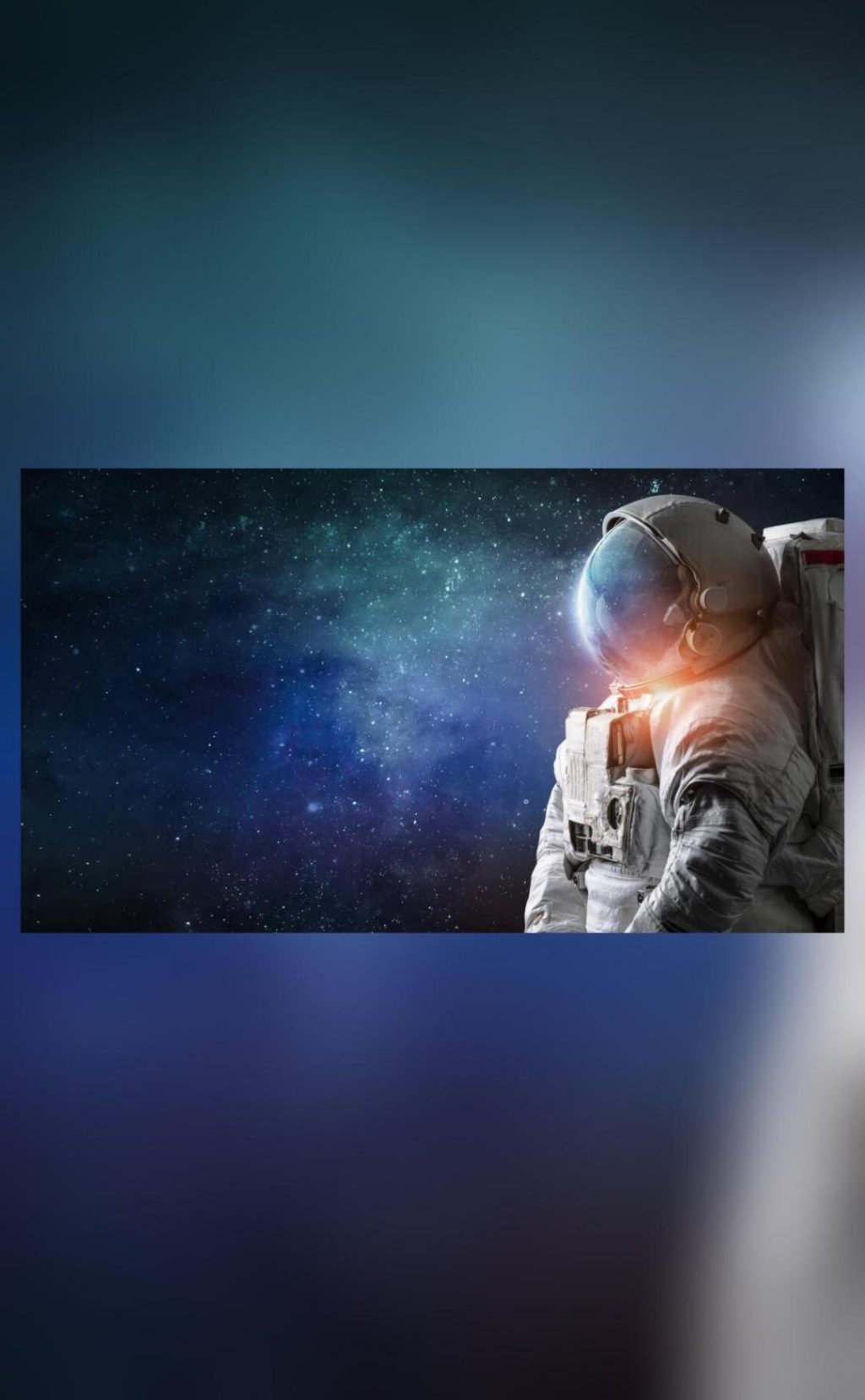
Google & NASA Create AI Medical Assistant for Mars Missions
When humans venture to Mars and beyond, they will need a reliable and efficient medical assistance system to ensure their health and well-being. To address this critical need, NASA and Google have joined forces to develop an AI-powered medical assistant for space missions. The Crew Medical Officer Digital Assistant (CMO-DA) is a cutting-edge technology that uses Google Cloud’s Vertex AI platform to provide accurate diagnoses and treatments for astronauts.
In a recent collaboration, NASA and Google showcased the capabilities of CMO-DA during a simulated Mars mission. The AI system demonstrated exceptional diagnostic accuracy in identifying ankle injuries and ear pain, with rates of 88% and 80%, respectively. This groundbreaking technology has the potential to revolutionize the way medical care is delivered in space, ensuring that astronauts receive prompt and effective treatment for any medical issues that may arise during long-duration missions.
The Need for AI-Powered Medical Assistance in Space
Space travel is inherently risky, and the harsh environment of space poses significant challenges to human health. Prolonged exposure to zero gravity, radiation, and isolation can lead to a range of health issues, from minor injuries to life-threatening conditions. Medical personnel on Earth are often unable to provide immediate medical assistance, and even if they could, the delay in receiving medical care can have severe consequences.
In space, medical personnel must rely on limited medical resources and expertise, which can be compromised by the constraints of space travel. The development of AI-powered medical assistants like CMO-DA is essential for ensuring that astronauts receive prompt and effective medical care.
How CMO-DA Works
CMO-DA is a multimodal AI system that processes speech, text, and images to provide accurate diagnoses and treatments. The system is designed to work in conjunction with human medical personnel, who can input patient data, medical history, and symptoms to receive a diagnosis or treatment plan.
During a simulated Mars mission, CMO-DA demonstrated its ability to process patient data and provide accurate diagnoses. In one scenario, an astronaut reported ankle pain after a fall. CMO-DA analyzed the patient data and provided a diagnosis of a minor ankle sprain. In another scenario, an astronaut complained of ear pain. CMO-DA diagnosed the issue as an ear infection and provided a treatment plan.
The Benefits of CMO-DA
The development of CMO-DA offers several benefits for NASA and future space missions. Some of the key advantages include:
- Improved Diagnostic Accuracy: CMO-DA’s multimodal processing capabilities enable it to analyze patient data more accurately than human medical personnel alone. This reduces the risk of misdiagnosis and ensures that astronauts receive prompt and effective treatment.
- Enhanced Medical Decision-Making: CMO-DA provides human medical personnel with a reliable and efficient tool for making informed medical decisions. This reduces the workload and stress on medical personnel, allowing them to focus on more complex medical issues.
- Increased Efficiency: CMO-DA streamlines the medical decision-making process, reducing the time it takes to diagnose and treat medical issues. This is critical in space, where every minute counts in emergency situations.
- Cost Savings: CMO-DA reduces the need for human medical personnel to travel to space, which is a costly and time-consuming process. This reduces the financial burden on NASA and future space missions.
- Scalability: CMO-DA can be easily scaled up or down depending on the size and scope of future space missions. This makes it an ideal technology for NASA’s long-term plans for human exploration of Mars and beyond.
The Future of Medical Care in Space
The development of CMO-DA is a significant step forward in the quest to provide reliable and efficient medical care in space. As NASA and Google continue to refine and improve the technology, we can expect to see even more advanced AI-powered medical assistants in the future.
The potential applications of CMO-DA are vast and varied. For example, the technology could be used to monitor the health of astronauts during long-duration missions or to provide medical assistance in remote or disaster-stricken areas.
In conclusion, the collaboration between NASA and Google has resulted in the development of a revolutionary AI-powered medical assistant that is poised to transform the way medical care is delivered in space. CMO-DA is a testament to the power of innovation and collaboration, and it marks an exciting step forward in the quest to explore and settle the vast expanse of space.






